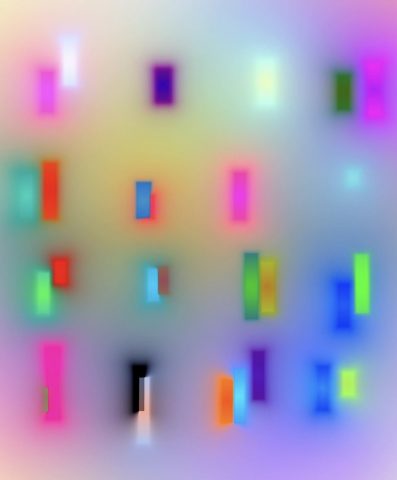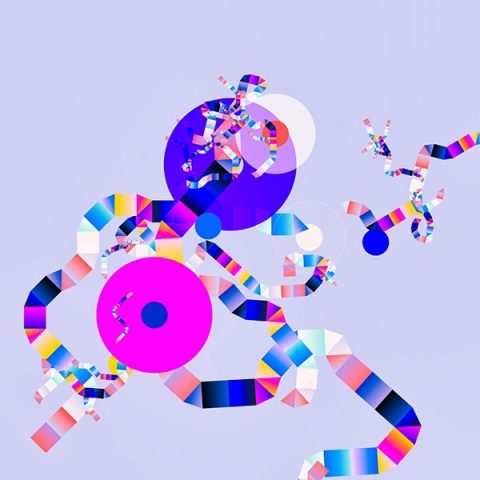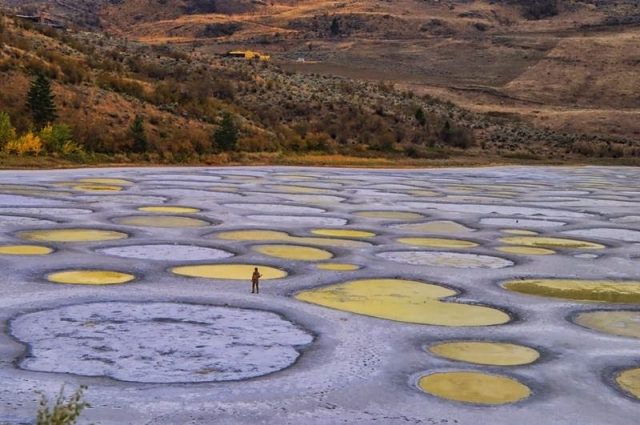
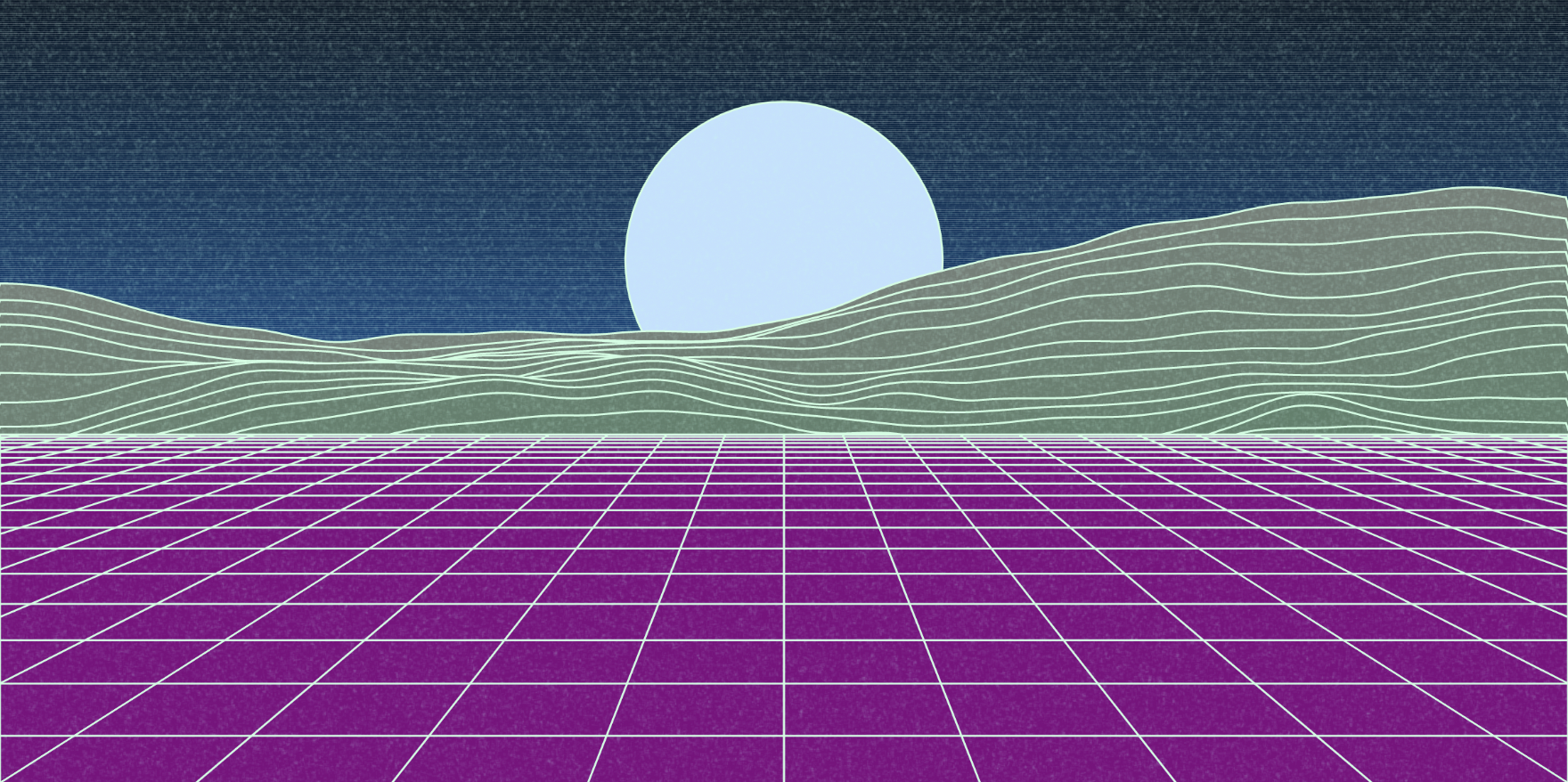

link: https://openprocessing.org/sketch/1486519
The inspiration for my generative landscape is vaporwave . I mainly want to recreate this style(vibrant, color and atmospheric perspective) with generative coding. The mountain is generated from perline noise, and the color is randomized with a random seed. And the bird’s location is also randomly generated. A new landscape will be generated when ever it’s refreshed.
I think the randomized color is especially successful for this project. Some thing I wish to improve on is implanting this in a 3D space with WEBGL.


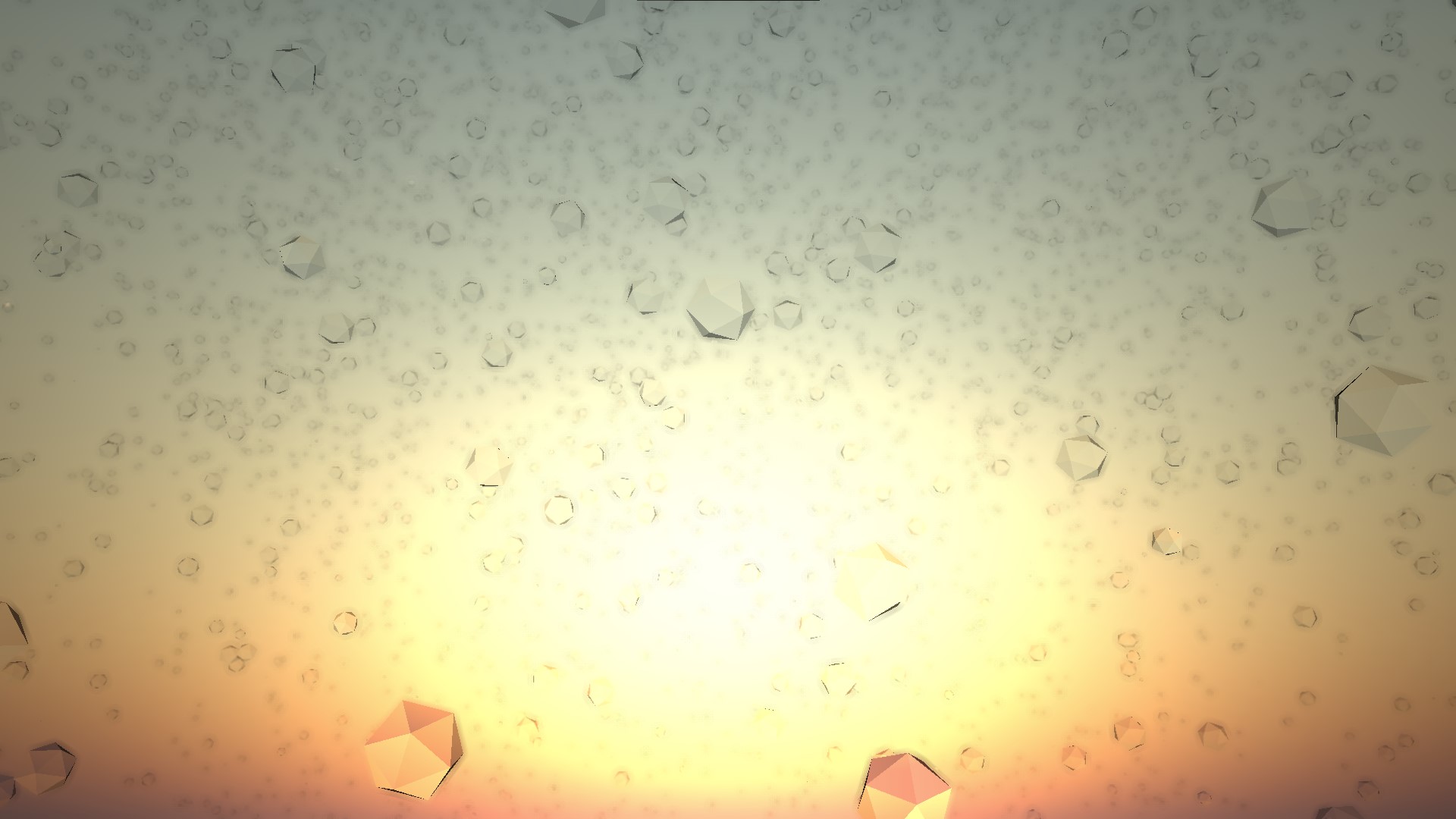
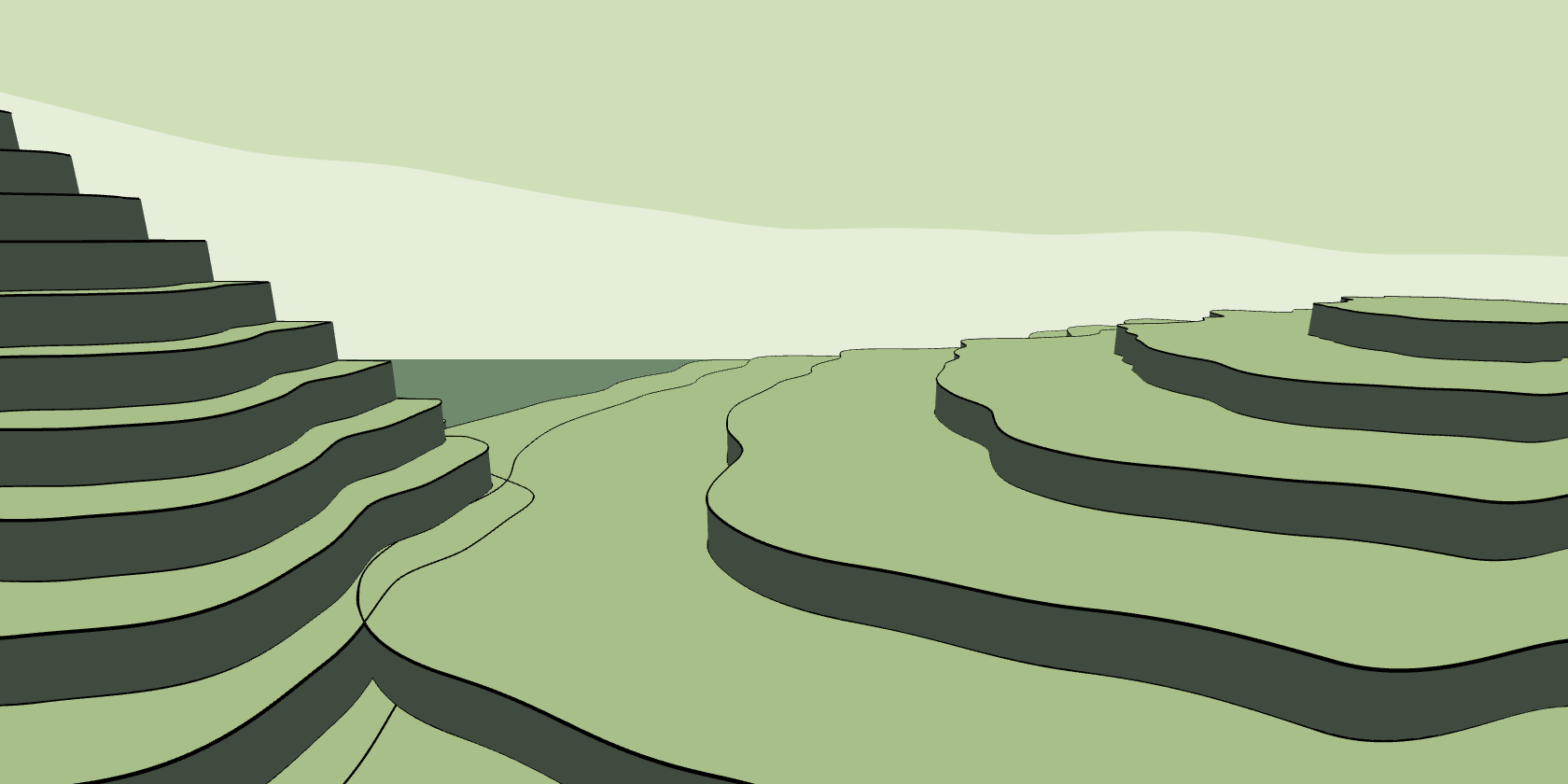
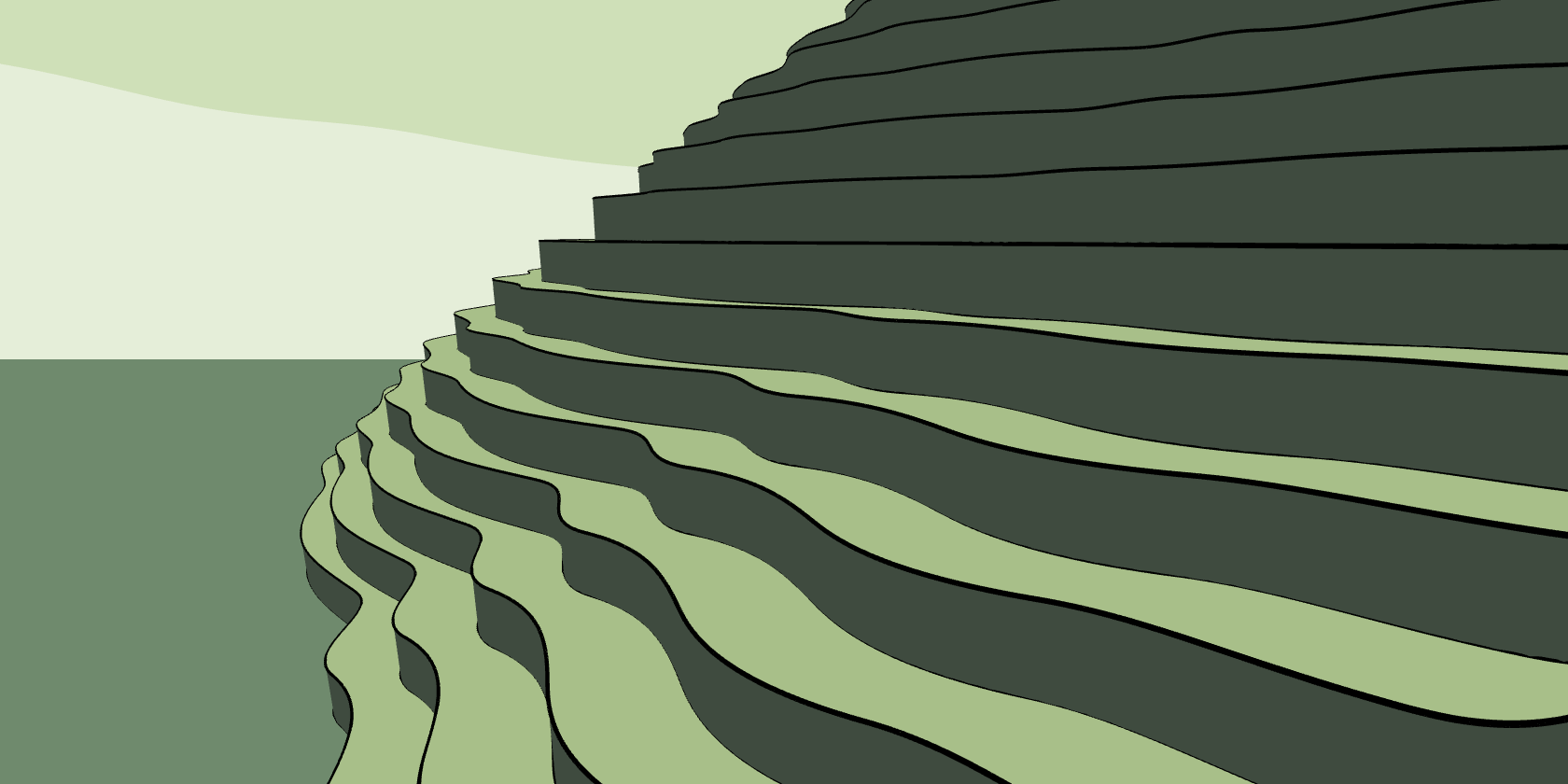
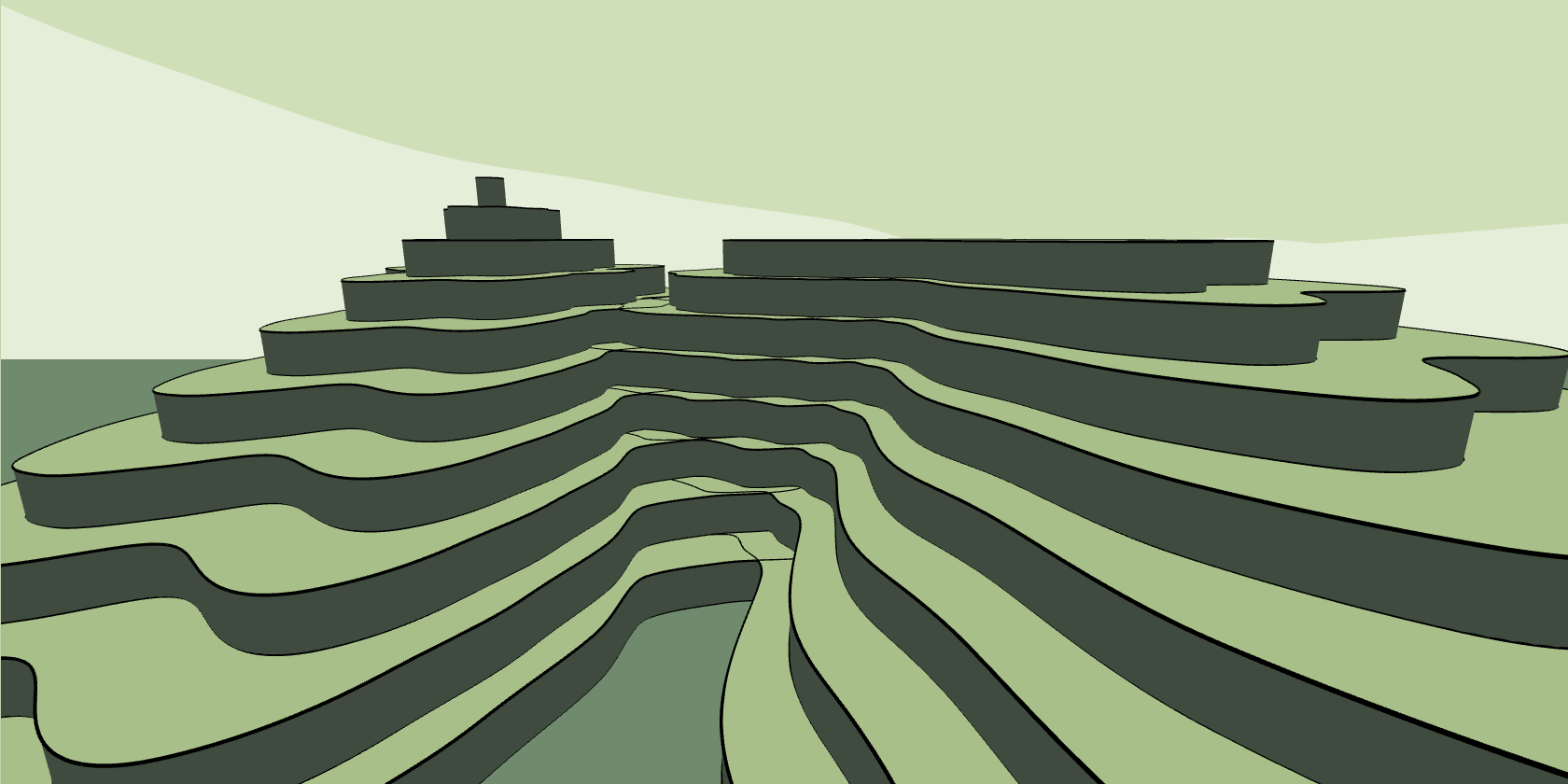
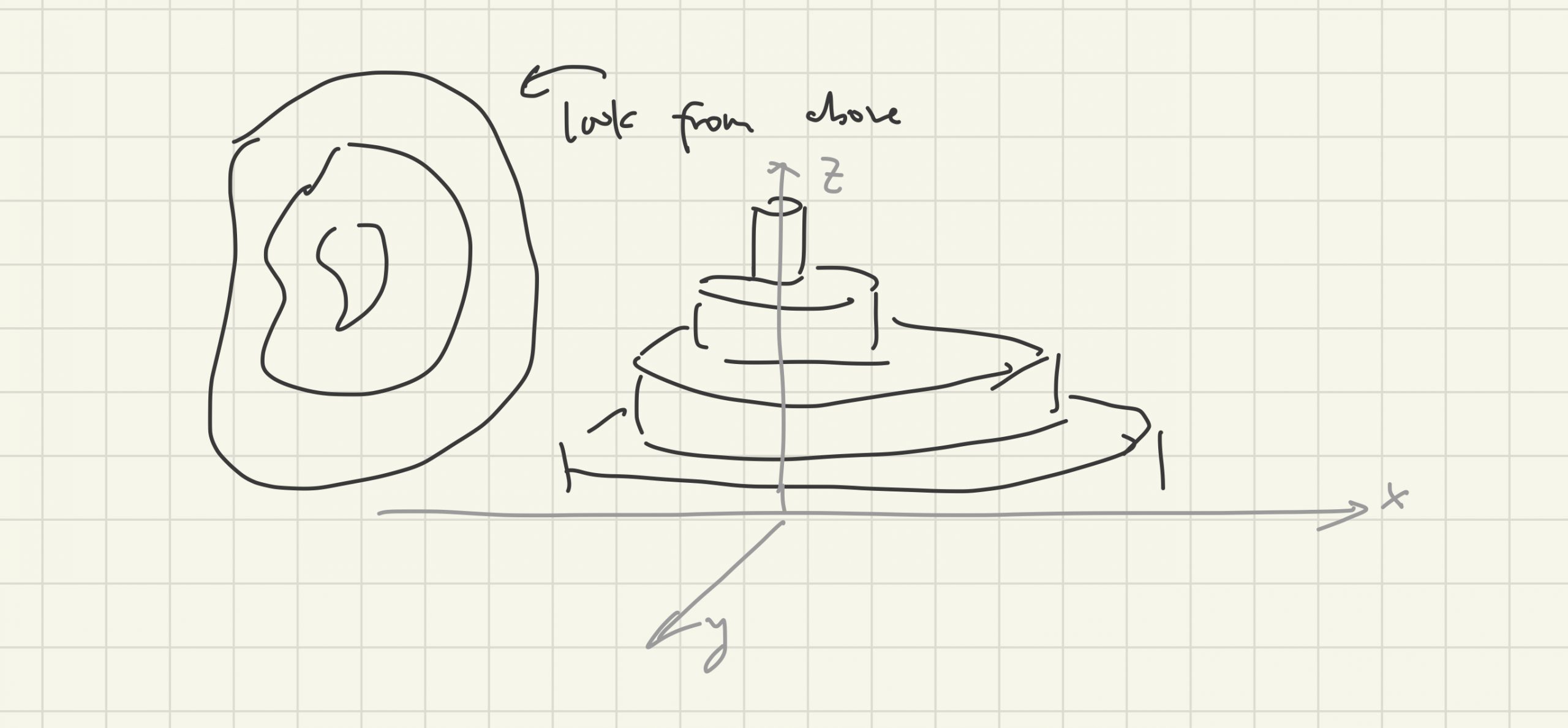

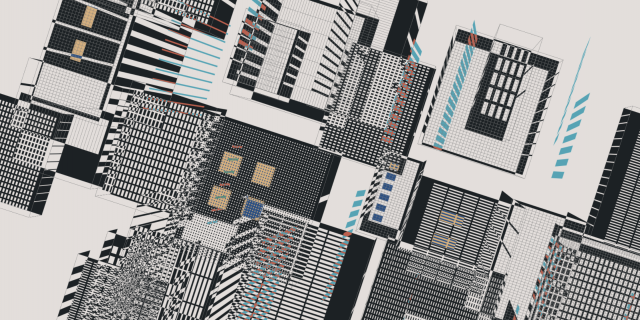
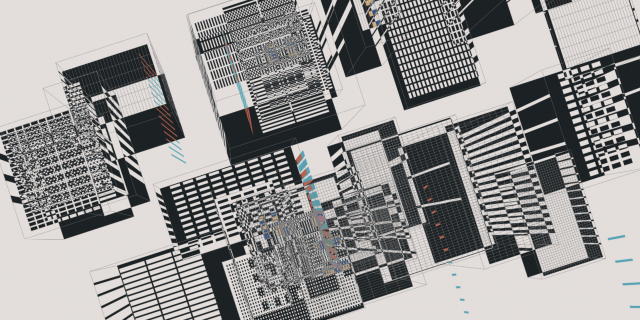
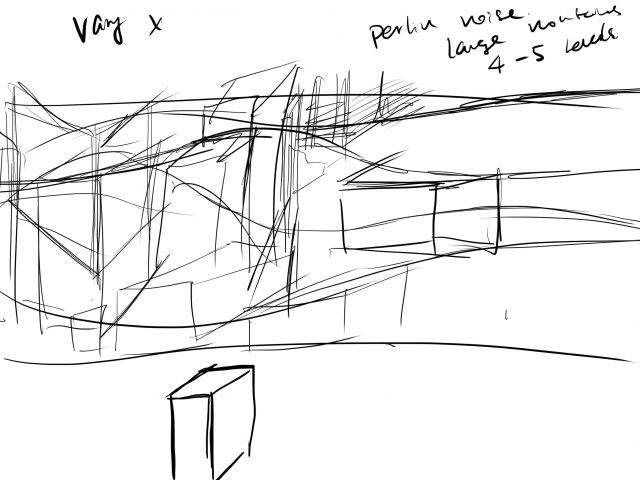



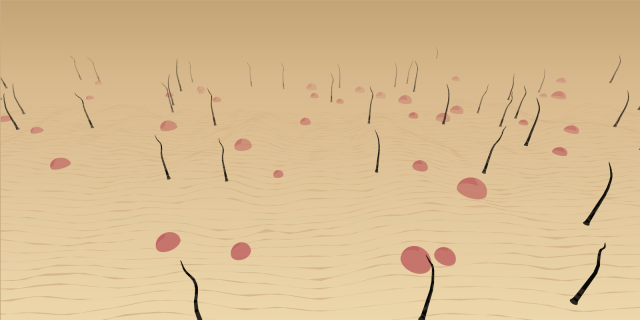
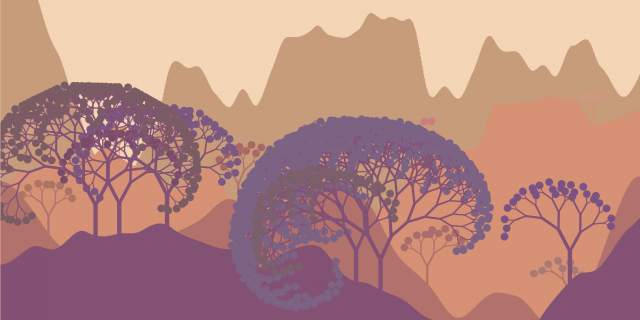

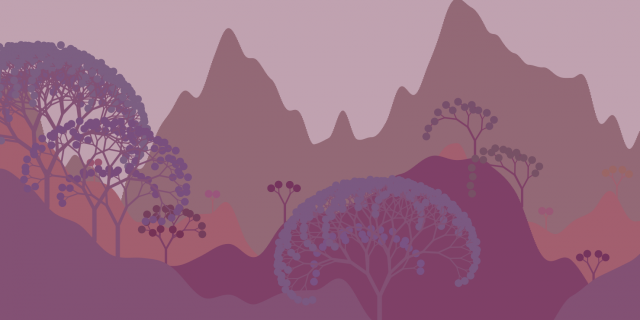
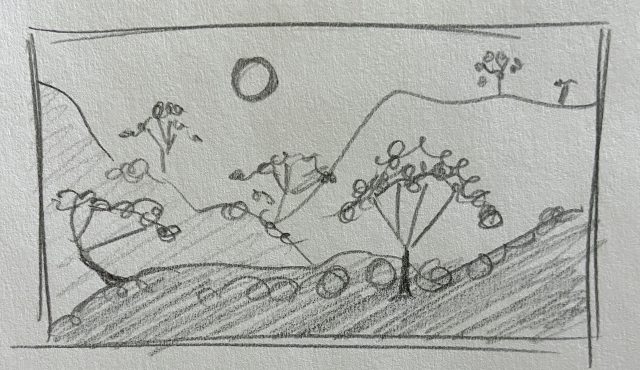
 Question 1A: Fried eggs exhibit effective complexity, and I believe they sit in the middle of total order and total randomness. They have orders in the way they are cooked–“removed from their shells and placed into a frying pan and fry with minimal accompaniment” (from Wikipedia)–but the shape of each fried egg has certain randomness.
Question 1A: Fried eggs exhibit effective complexity, and I believe they sit in the middle of total order and total randomness. They have orders in the way they are cooked–“removed from their shells and placed into a frying pan and fry with minimal accompaniment” (from Wikipedia)–but the shape of each fried egg has certain randomness.